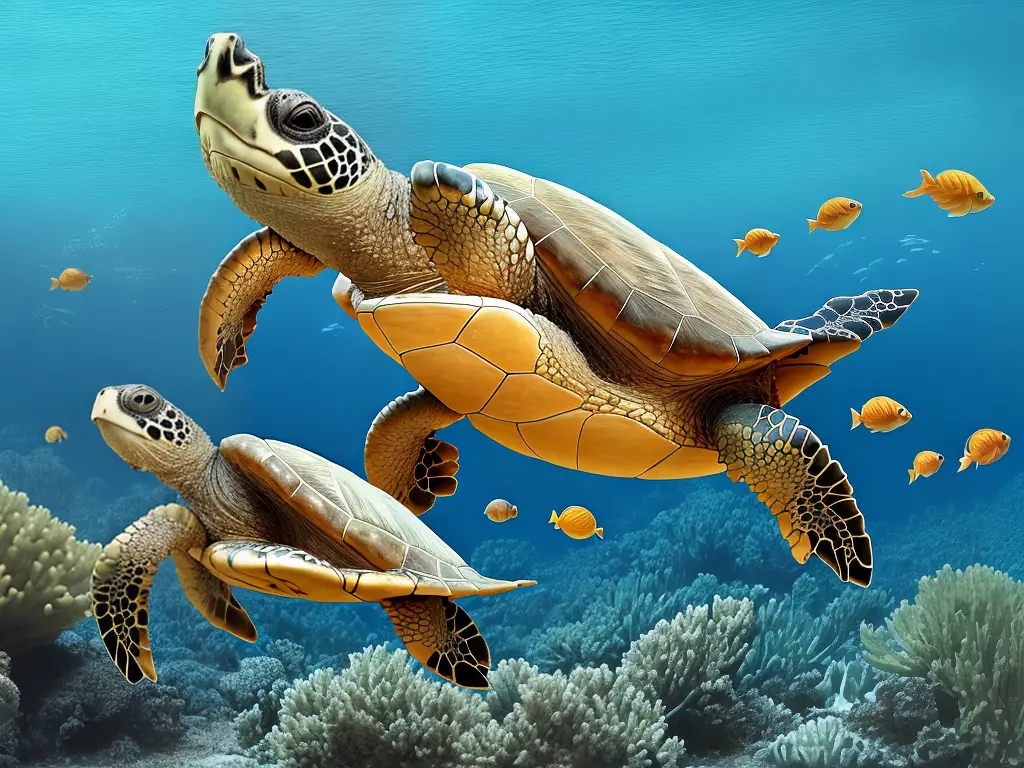The Wonderful World of Turtle Swim Patterns
Have you ever wondered how turtles glide so gracefully through the water? Their unique swim patterns allow them to explore their underwater world with ease. In this article, we’ll dive into the fascinating world of turtle swim patterns, learn about their different techniques, and discover how they adapt to their aquatic environment.
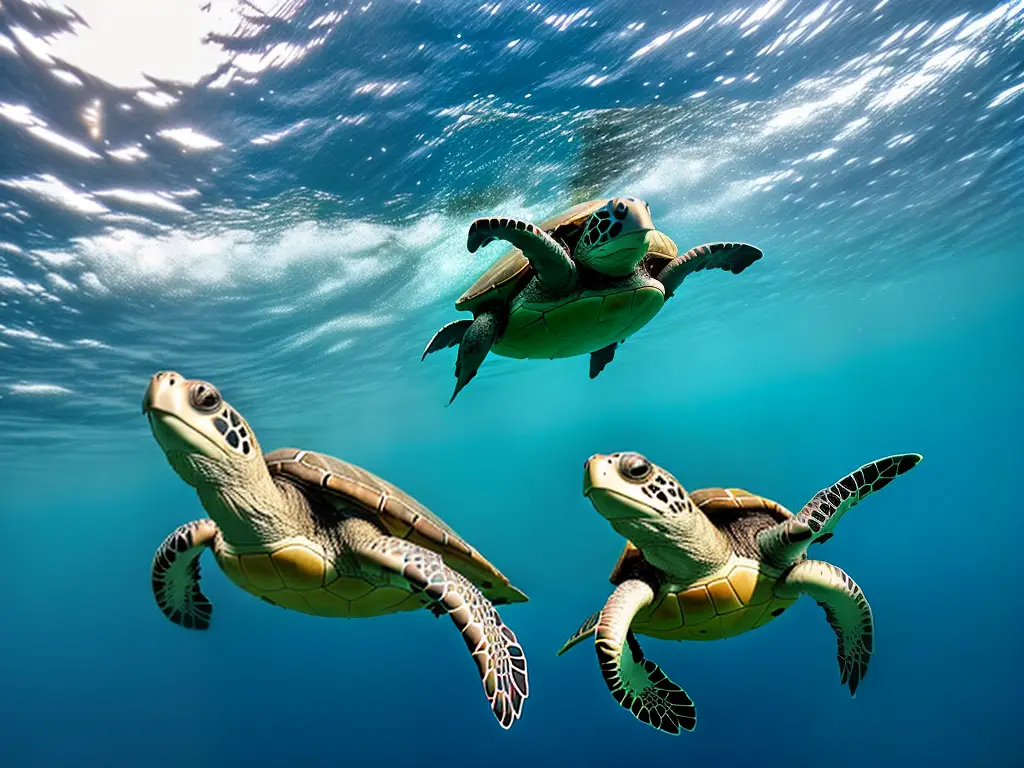
How Do Turtles Swim?
Turtles have a special swimming style that sets them apart from other aquatic animals. They use their strong flippers and flexible shells to glide through water. The front flippers provide most of the propulsion, while the rear flippers help with steering and stability. Turtles can swim at impressive speeds, reaching up to 22 miles per hour!
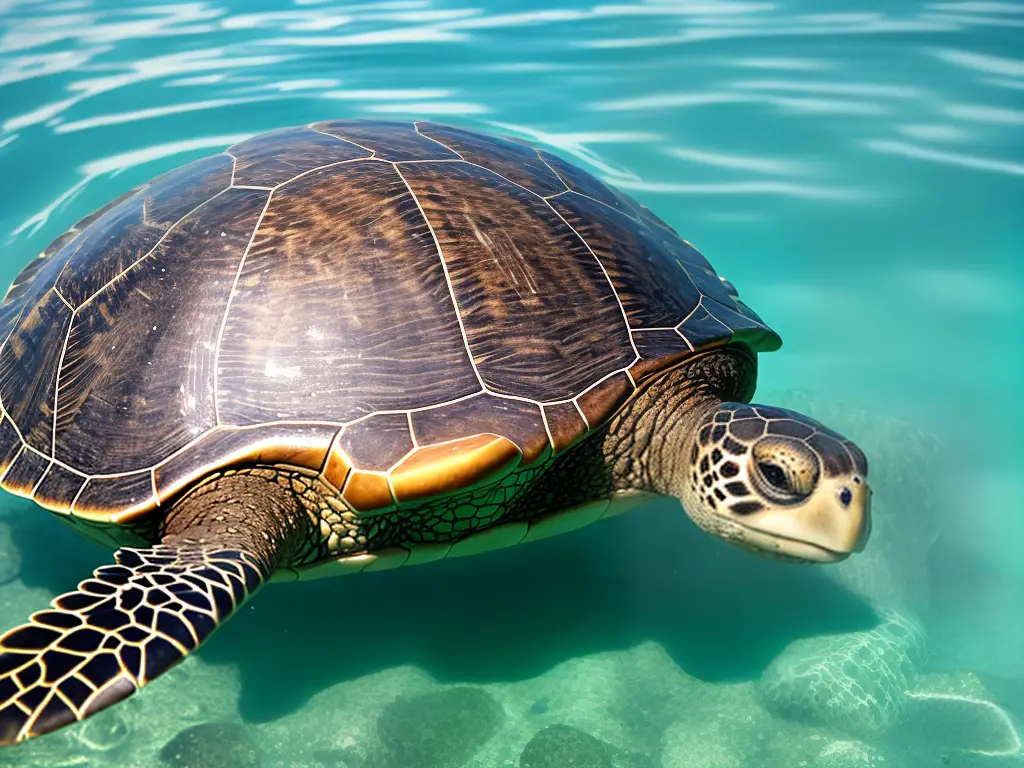
Types of Turtle Swim Patterns
There are several different types of turtle swim patterns. Let’s take a closer look at each one!
1. Surface Swimming
Surface swimming is when turtles navigate close to the water’s surface. This is a common swimming pattern for freshwater turtles and sea turtles, as it enables them to easily access air for breathing. They often use their front flippers in a ‘doggy paddle’ motion, while their rear flippers help them to steer.
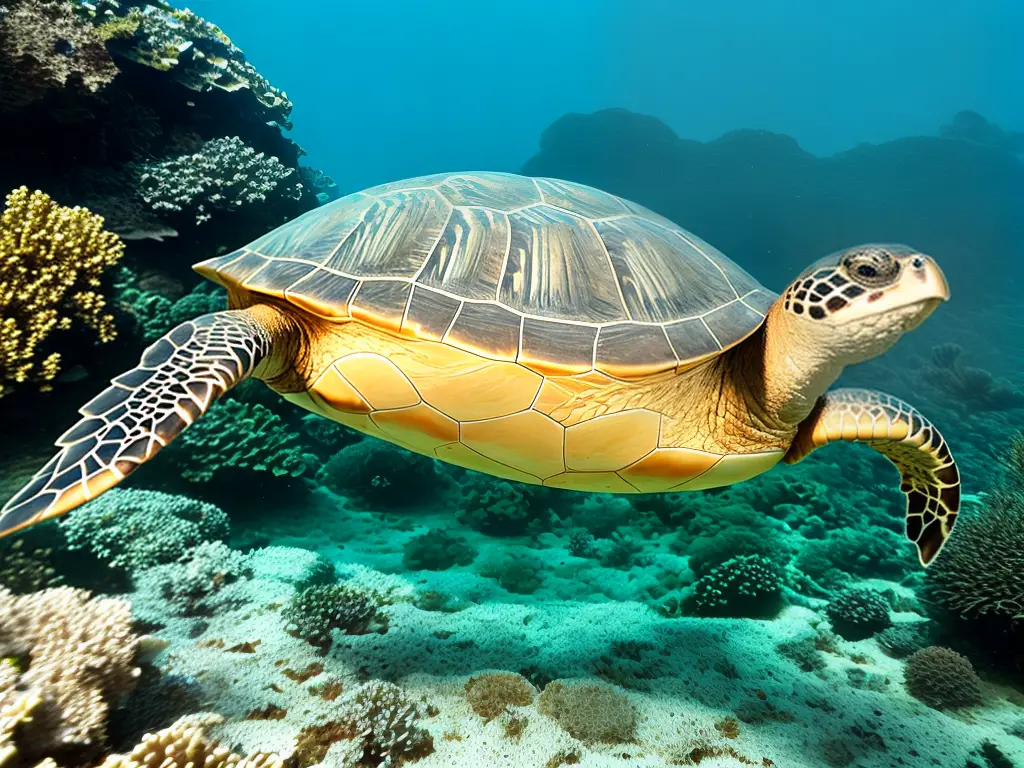
2. Underwater Cruising
Underwater cruising is when turtles swim deeper below the water’s surface. They use their powerful front flippers to push water in a sweeping motion, propelling themselves forward. This technique is especially common among sea turtles, allowing them to traverse long distances through the ocean.
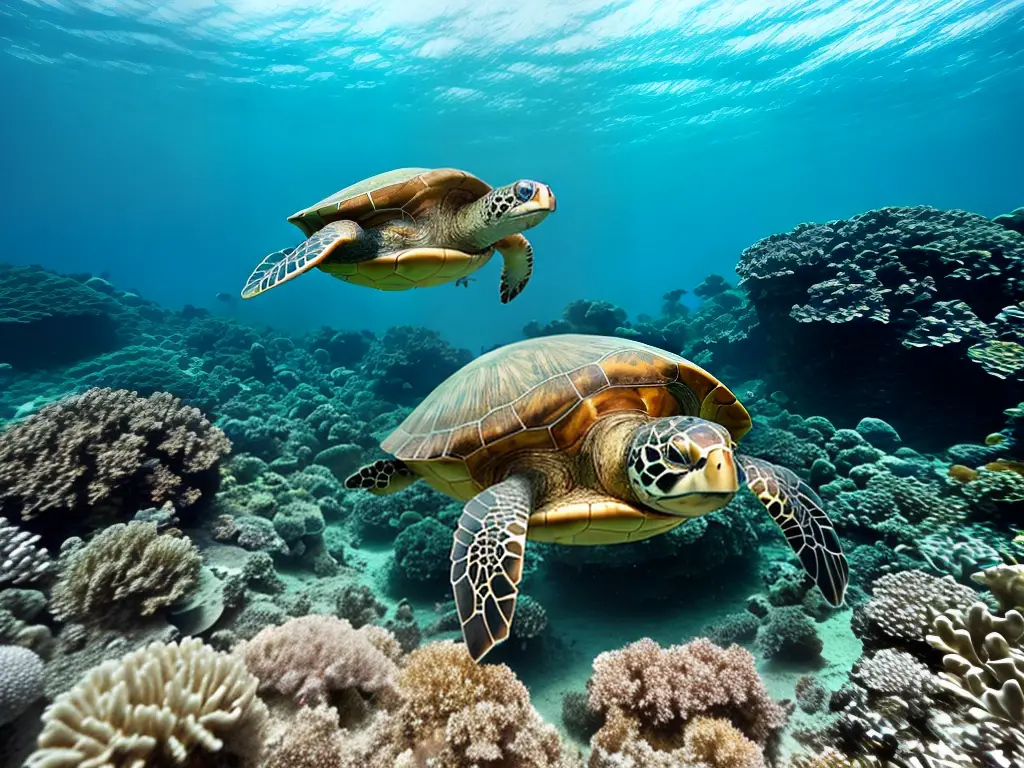
3. Hovering
Hovering is a unique swim pattern displayed by some turtles. They can float almost motionless in the water, which allows them to rest or observe their surroundings. To hover, turtles adjust the air in their lungs and use subtle movements of their flippers to maintain their position.
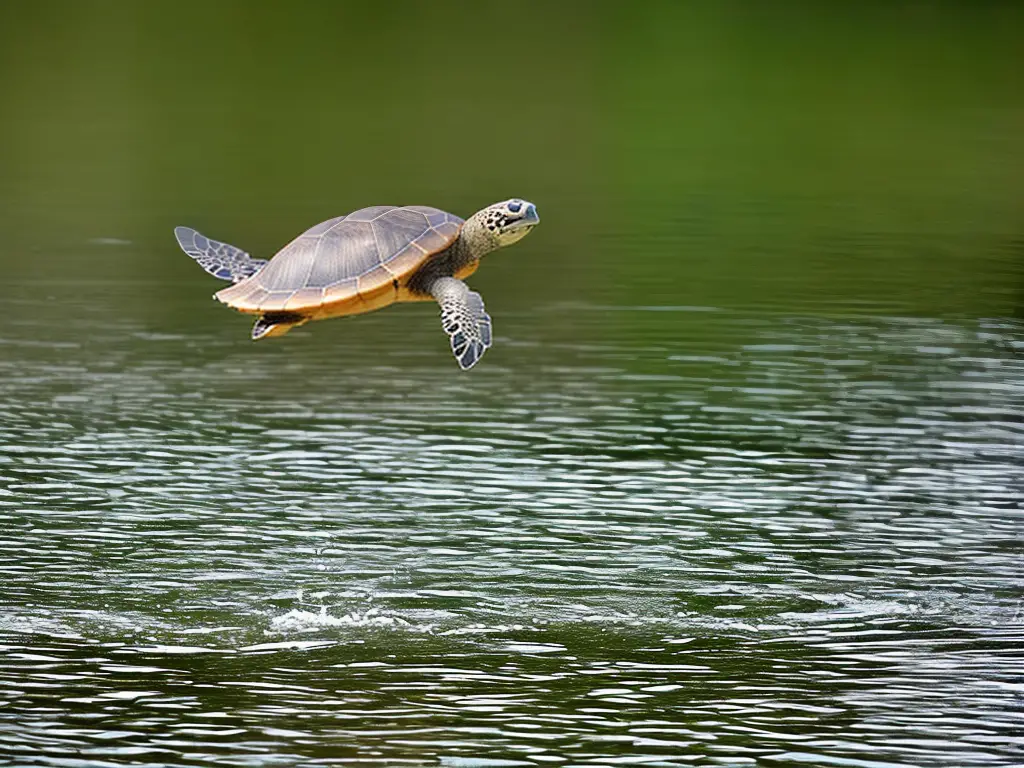
4. Benthic Walking
Benthic walking is a swim pattern specific to some freshwater and soft-shell turtles. These turtles have specialized flippers that allow them to ‘walk’ across the seafloor or riverbed. This technique helps them to find food and avoid predators.
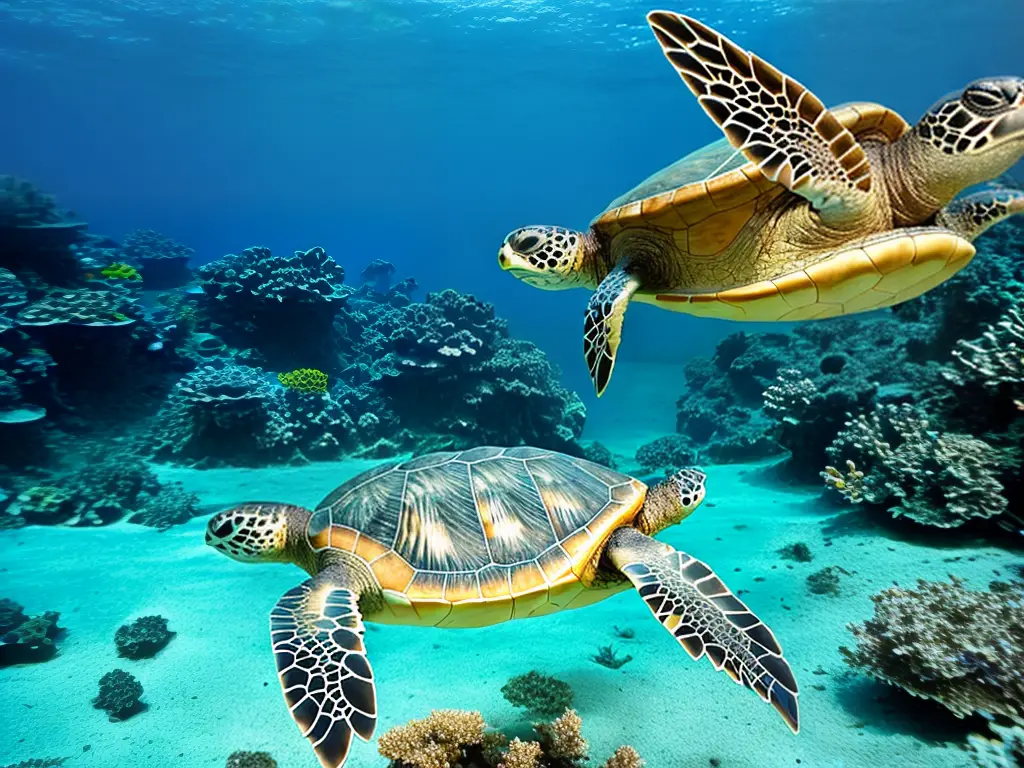
Fitting Into Their Environment
Each turtle species has a swim pattern that best fits its environment and lifestyle. Sea turtles, for example, are built for long-distance swimming and possess powerful front flippers. Freshwater turtles, on the other hand, are more adapted to closer environments, like ponds and lakes, and have different swimming techniques to accommodate this.
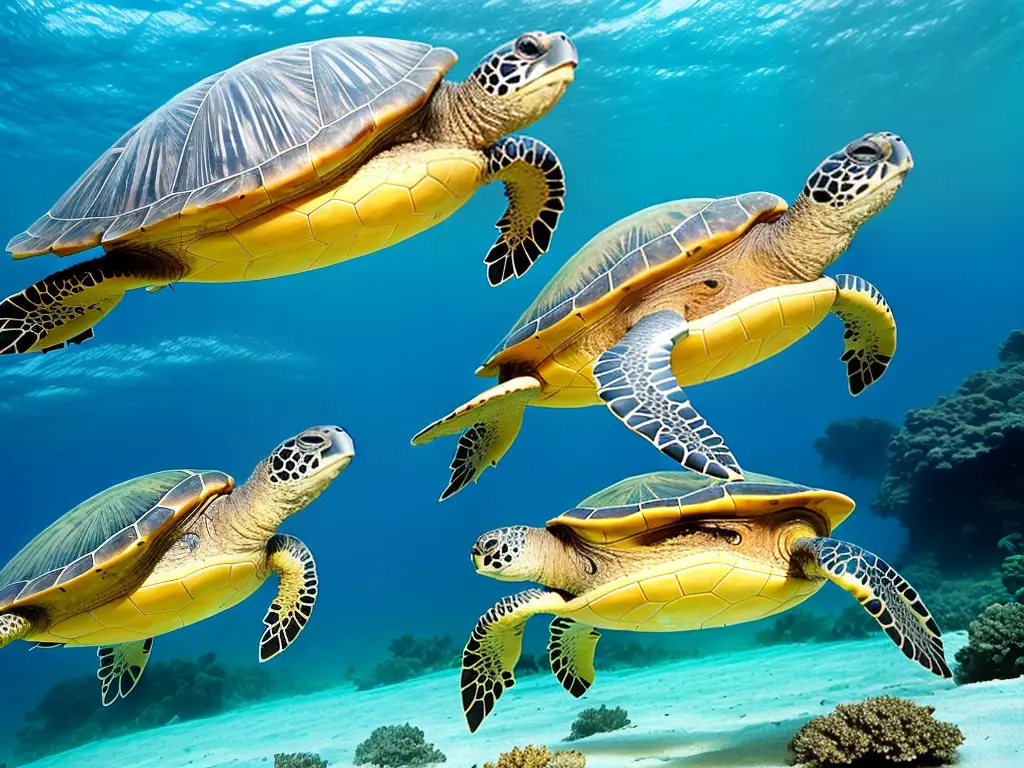
Swim to Survive
Swimming is not just a fun activity for turtles – it’s essential for their survival. Their unique swim patterns help them to evade predators, find food, and navigate through their aquatic world. By studying their swimming techniques, we gain valuable insights into their behavior and the fascinating world they inhabit.
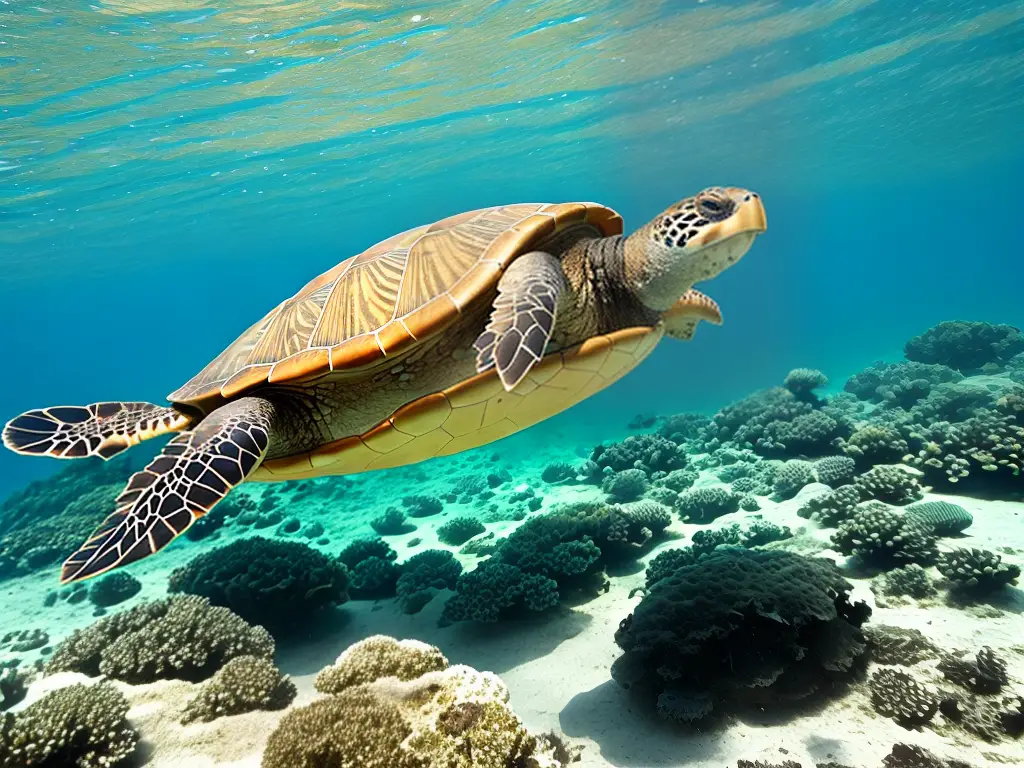
A Turtle-y Amazing Adventure!
We hope you enjoyed exploring the wonderful world of turtle swim patterns with us! These amazing creatures have adapted to their environments in the most stunning ways. So next time you see a turtle gliding through the water, take a moment to appreciate their incredible swimming skills!
